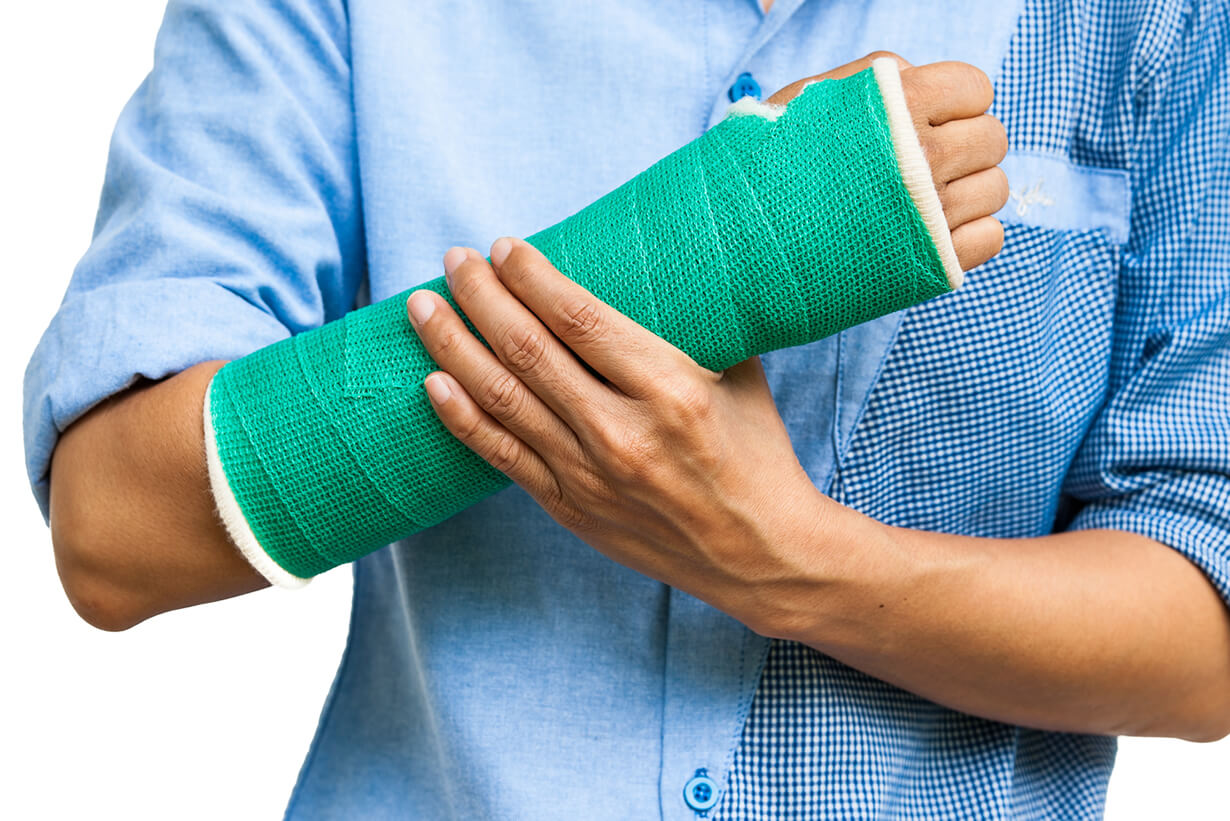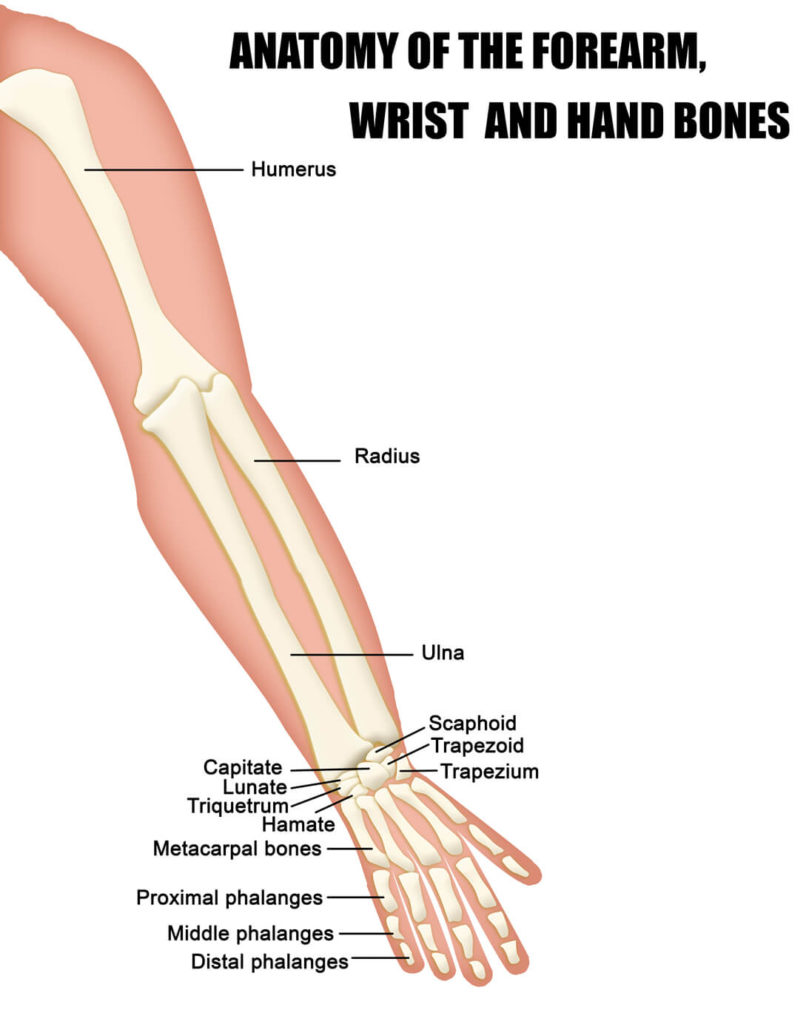Trauma and Laceration Repair

At FORM Hand Therapy, our hand therapists provide exceptional upper extremity rehabilitation and specialized hand therapy for acute trauma injuries including laceration repair. Our hand therapists meticulously progress you through a therapy program that is focused on the protection of healing structures and regaining functionality. We offer a wide range of therapeutic services and regularly communicate with your surgeon to ensure maximal recovery. Our therapists are highly experienced in the rehabilitation of simple to complex surgical repairs including:
- Extensor/Flexor Tendon repair
- Nerve laceration repair
- Traumatic amputations
- Crush injuries
- Triangular Fibrocartilage Complex (TFCC) repair
- Nerve compression release
- Fracture repair
- Joint replacement/fusion
- Ligament tear repair
- Pulley Repair (hand)
- Dupuytren’s Contracture removal
- Cartilage tear repair
- Distal Radioulnar Joint (DRUJ) Instability (Wrist)
- Labral Tear (Shoulder)
- Keinbock’s disease
Wrist Injuries

Triangular Fibrocartilage Complex (TFCC) Repair
The TFCC is a ligament and cartilage structure that connects the radius and ulna, and the wrist to the forearm. TFCC tears usually are the result of falling on a hyper-extended wrist.
Symptoms include pain and swelling, generally located on the little finger side of the wrist where the TFCC is located. Other symptoms include difficulty in moving the wrist and a clicking sound due to the torn TFCC getting caught between the moving bones.
Xrays are taken to rule out fractures and dislocation. An MRI is ordered to confirm diagnosis.
Treatment for partial tears or even some complete tears may include rest, splinting, anti-inflammatory medications, and occupational therapy. Hand therapy treatment is designed to relieve pain and restore function. More severe cases of TFCC may require arthroscopically-assisted reconstructive surgery.
Distal Radioulnar Joint (DRUJ) Instability
Chronic DRUJ instability can result from dislocations, fractures of the radius, ulna, and ligament injuries. Even though it is an exceptionally stable and mobile joint, it is prone to injury when someone falls on an outstretched hand with the wrist facing downward.
Symptoms usually include ulnar-sided wrist pain, decreased range of motion, swelling, inflammation, and deformity of the wrist. If left untreated, it can lead to chronic, functional impairment and disability secondary to marked pain, decreased grip strength, and arthritis.
Imaging tests, such as x-rays and MRI, are ordered to confirm diagnosis.
Treatment ranges from rehabilitation and medication to surgery. For less severe cases of DRUJ, treatment includes rest, medication, splinting, and hand therapy. Hand therapy treatment is designed to relieve pain and restore function. More severe cases of DRUJ may require arthroscopically-assisted reconstructive surgery.
Keinbock’s Disease
There is no single cause of Kienbock’s disease, but trauma (a single incident or multiple incidents) may cause this disease.
Most patients with Kienbock’s disease have the following symptoms:
- Wrist Pain
- Tenderness directly over the lunate bone
- Decreased motion or stiffness of the wrist
- Swelling
Keinbock’s is a slowly progressing disease and difficult to diagnose in the early stages; however, the most reliable test is MRI to assess the blood supply of the lunate.
While hand therapy does not change the course of the disease, it can help minimize impairment from the disease. Treatment is designed to relieve pain and restore function.
Highest Standard of Care
We understand that having gone through any acute traumatic injury or laceration repair, you expect to be done with dealing with your injury or condition. Your recovery; however, can sometimes rely on the therapy you receive following your initial treatment. Hand therapy is almost always required after an acute traumatic injury or laceration repair involving the upper extremity, usually for several months.
For the benefit of our patients, our therapists strive to remain at the forefront of rehabilitative interventions and knowledgeable about advanced surgical techniques being used. Accordingly, our therapists design your therapy program specifically to you and to the treatment you have received (medically managed or surgical interventions).
When you choose FORM Hand Therapy, you can trust that you are receiving the highest standard of care in occupational and hand therapy. We are dedicated to our patients and will keep you motivated throughout your therapy program.
Benefits of Hand Therapy
Hand therapy can provide the following benefits to patients after a traumatic injury or laceration repair:
- Help with recent or long-lasting pain
- Help to reduce sensitivity from nerve problems
- Learn to feel again after a nerve injury
- Learn home exercise programs to help with movement and strength
- Learn to complete everyday activities with special tools
- Help getting back to work
If surgery is needed, hand therapists can also help with a patient’s recovery, such as providing assistance with helping wounds heal, preventing infection, providing scar treatment, and reducing swelling.
Contact Us
If you have a question about Hand Therapy and the benefits of treatment after a traumatic injury or laceration repair, call FORM Hand Therapy at (510) 350-3030. You may also request an appointment online.
